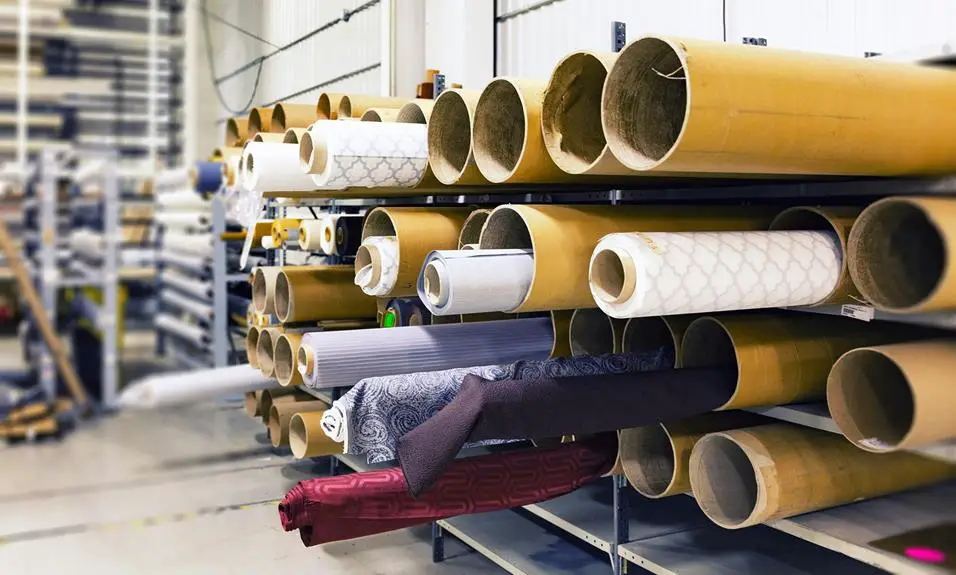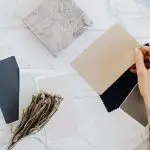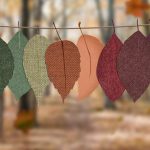When considering fabrics best suited for Velcro industries, you need to ensure that your choices are as strong as an ox. Selecting the right fabric is crucial for optimal performance and longevity of Velcro applications.
It's essential to consider factors such as durability, strength, texture, and compatibility with Velcro. Different specialized fabrics are available for specific uses, so it's important to make informed decisions based on your specific needs.
Understanding the characteristics and qualities of various fabrics will enable you to choose the best-suited material for your Velcro applications.
Key Takeaways
- Durability of the fabric is crucial for optimal performance and longevity of Velcro applications.
- Fabric compatibility with the hook and loop system is essential.
- Material weight affects the effectiveness of the Velcro fastening system.
- The weave of the fabric determines the grip strength of the Velcro.
Factors to Consider When Choosing Fabrics for Velcro
When choosing fabrics for Velcro, consider the durability and compatibility with the hook and loop system. Fabric compatibility is crucial when selecting materials for Velcro applications. The fabric must be able to withstand the repetitive opening and closing of the Velcro fastener without fraying or losing its grip. Additionally, the material weight plays a significant role in determining the effectiveness of the Velcro fastening system. Heavier fabrics may require a stronger adhesive or a larger surface area of the hook and loop to ensure a secure fastening.
It is essential to evaluate the weave of the fabric to ensure that it can effectively engage with the hook and loop components. A tighter weave can provide a more secure grip, while a looser weave may result in reduced fastening strength. Moreover, the material's ability to resist wear and tear is essential for longevity and consistent performance.
When assessing fabric compatibility, it's imperative to consider the intended use and environmental conditions to which the Velcro will be exposed. By carefully considering these factors, you can select fabrics that are best suited for Velcro applications.
Best Fabric Choices for Velcro Applications
To select the best fabric choices for Velcro applications, consider the specific demands of the intended use and the environmental conditions it will encounter.
Fabric weight and flexibility are crucial factors to take into account. For heavy-duty applications, such as securing equipment or fastening industrial enclosures, durable fabrics with a higher weight rating are recommended to withstand the strain.
Additionally, flexibility is essential for ensuring a snug and secure fit when using Velcro for apparel or accessories.
Moisture resistance and breathability are equally important considerations. Fabrics with moisture-wicking properties are ideal for applications that may be exposed to sweat, rain, or other forms of moisture, as they help maintain comfort and prevent odor buildup.
Moreover, breathability is essential for applications involving prolonged skin contact, as it allows for air circulation and reduces the risk of skin irritation.
Durability and Strength of Fabrics for Velcro
Considering the demands of your intended use and the environmental conditions, selecting fabrics with high durability and strength is crucial for ensuring the longevity and performance of Velcro applications. When evaluating fabric durability for Velcro, it's important to consider the following factors:
- Abrasion Resistance: Fabrics with high abrasion resistance are essential for Velcro applications, as they can withstand constant rubbing and friction without deteriorating. Look for fabrics woven with strong fibers like nylon or polyester for optimal abrasion resistance.
- Tensile Strength: The tensile strength of a fabric determines its ability to withstand stretching and pulling forces. For Velcro applications, choose fabrics with high tensile strength to ensure that the material can withstand the forces exerted during repeated opening and closing.
- Seam Strength: In addition to the fabric itself, the strength of the seams is vital for the overall durability of Velcro applications. Opt for fabrics that can maintain their integrity at the seams, such as heavy-duty woven fabrics or reinforced materials.
When considering fabric durability and Velcro strength, prioritize materials that can withstand the specific demands of your application to ensure long-lasting performance and reliability.
Texture and Compatibility With Velcro
How can fabrics' texture and compatibility with Velcro impact the overall performance of your applications?
Fabric texture plays a crucial role in Velcro compatibility. The texture of the fabric can affect how well the Velcro adheres and how long it maintains its grip. Fabrics with a smooth texture may not provide enough friction for the Velcro to hold securely, while rough or abrasive textures might cause excessive wear on the Velcro over time. Finding the right balance is essential for ensuring optimal Velcro performance.
In addition to texture, fabric breathability is a key consideration for Velcro performance. Some fabrics may hinder the breathability of the Velcro, leading to increased moisture retention and potential degradation of the hook and loop components. It's important to choose fabrics that allow for adequate airflow to maintain the integrity of the Velcro over time.
When selecting fabrics for Velcro applications, it's crucial to consider their texture and breathability to ensure compatibility and optimal performance. By carefully evaluating these factors, you can maximize the effectiveness and longevity of your Velcro-based products.
Specialized Fabrics for Specific Velcro Uses
For specialized Velcro uses, choose fabrics that offer durability and compatibility with the specific application's requirements. When selecting specialized fabrics for Velcro applications, consider the following options:
- Customized blends: Tailoring fabric blends to meet the unique demands of the Velcro application can enhance performance and longevity. Customized blends offer the opportunity to combine the strengths of different materials, creating a fabric that aligns precisely with the needs of the Velcro use case.
- Performance textiles: Utilizing advanced performance textiles can elevate the functionality of Velcro in specialized applications. These fabrics are engineered to deliver specific attributes such as moisture-wicking, heat resistance, or anti-microbial properties, tailoring them to the requirements of the Velcro application.
- Innovative composites: Exploring innovative composites can provide a solution for specialized Velcro uses. By integrating different materials or treatments, such as laminates or coatings, fabrics can be optimized to meet the demands of specific Velcro applications, ensuring enhanced performance and longevity.
Selecting specialized fabrics that encompass customized blends, performance textiles, and innovative composites can significantly enhance the effectiveness of Velcro in meeting the unique requirements of specialized applications.
Frequently Asked Questions
Can Velcro Be Used on Delicate Fabrics Like Silk or Lace?
Velcro is not recommended for delicate fabrics like silk or lace due to potential damage from the hooks. Use alternative closures such as buttons, snaps, or hooks and eyes to protect fragile fabrics.
Are There Any Fabrics That Should Be Avoided When Using Velcro for Outdoor or Water-Resistant Applications?
When using Velcro for outdoor or water-resistant applications, avoid moisture-sensitive fabrics like untreated cotton or wool, as they can degrade over time. Opt for high-performance fabrics such as nylon or polyester for reliable outdoor performance with Velcro.
How Does Fabric Thickness and Density Affect the Performance of Velcro Fasteners?
The fabric thickness and density directly impact the performance of Velcro fasteners. Thicker and denser fabrics generally provide greater fabric durability and fastening strength. These qualities are crucial for ensuring the longevity and reliability of Velcro applications.
Are There Any Special Considerations for Using Velcro With Stretchy or Elastic Fabrics?
When using Velcro with stretchy or elastic fabrics, consider the fabric's performance and durability. Ensure the fabric can withstand repeated stretching without losing shape. Opt for hook and loop designs that accommodate the fabric's elasticity for secure fastening.
Can Velcro Be Used on Fabrics With Special Finishes or Treatments, Such as Waterproof or Flame-Retardant Coatings?
Yes, Velcro can be used on fabrics with special finishes such as waterproof or flame-retardant coatings. However, it's important to ensure fabric compatibility and consider how these finishes may affect Velcro performance.
- Tetron Fabric for Marine Applications: Durability and Use Cases - June 18, 2025
- Tetron Fabric for Outdoor Furniture: Weather Resistance and Care - June 18, 2025
- Tetron Fabric for Wall Coverings: Style and Application Tips - June 18, 2025







